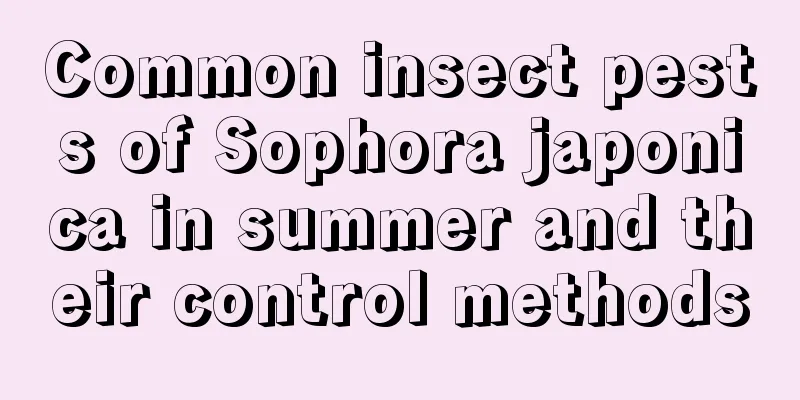How to raise a child

ReproductionThe plant mainly relies on the side buds of the plant to continue its offspring, or the new buds that grow from the remaining stems and roots after beheading to continue its offspring. It is very easy to grow side buds and can reproduce by side buds. Spring and autumn are the seasons when the side buds are separated. soilThe planting material is peat mixed with perlite and pumice in a ratio of 1:1:1 . In order to isolate the plants from the soil surface and to make it more breathable, clean granular river sand is specially spread on it. The size of the river sand is 3 to 5 mm and the thickness of the sand layer is 5 mm. Water thoroughly only when the soil is completely dry. Do not water if the soil is not dry. illuminationSpring and autumn are the growing seasons and can receive full sun. It basically will not hibernate in summer. It needs ventilation and shade. Water it 4 to 5 times a month in hot summer. Do not water it thoroughly to maintain normal growth of the plant. Too much water in summer will easily cause rot. In winter, when the temperature drops below 5 degrees, you should gradually stop watering. Keep the soil in the pot dry below 3 degrees, and try to keep it no lower than minus 3 degrees. This way you can spend the winter safely. WateringWhen watering flowers, flower lovers should try to water close to the soil surface. Water on the leaves will affect their appearance. Water stains may also appear, and the originally crystal-clear little man will become a pockmarked face, which is not good! Pest ControlThe lotus is relatively strong. Some of them may die due to too much water. It basically does not get sick. Insects are more troublesome. Be careful of root mealybugs. The main reason is that you can hardly tell the difference between having root mealybugs and not having them. There are several families of root mealybugs here, and they can grow and bloom without any problems. They are so strong ! If you find any, throw away the soil and pots, pluck a few small lotus flowers and re-graft them. Don't be reluctant. Safety first. To use poison or to raise insects, that is the question. |
<<: Cultivation methods and precautions of Syzygium wilfordii
>>: Appreciation of Rose Varieties (Pictures and Text)
Recommend
Disease and insect pest control of keel flower
1. Common diseases 1. Scab Characteristics: This ...
What fish can be kept with water lilies?
1. Types of fish If you raise water lilies and fi...
How to grow Clivia quickly
1. Suitable soil It likes to grow in acidic, corr...
Application of aspirin in potted plants
Aspirin can improve the survival rate of seedling...
Planting and maintenance of papaya trees
Papaya is also called wrinkled papaya. The flesh ...
Cultivation methods and precautions of Lithospermum officinale
1. Soil Lithospermum officinale has a strong adap...
Blueberry seed germination method (picture) Seed seedling method and steps
Blueberry is one of the most common fruits in dai...
What are the cultivation methods and precautions of asparagus fern?
Growth habits of asparagus fern Asparagus fern pr...
Don’t throw away the leftover pomegranate seeds. Wash them with water and they will grow into small potted plants in 7 days!
When it comes to the most suitable fruit to eat i...
How to care for freesia after its blooming period (how to deal with freesia after it blooms and withers)
Maintenance tips for freesia after it withers Fre...
Is Red Sage suitable for indoor cultivation?
1. Indoor breeding location Flowers are generally...
How to sow dianthus seeds and when to sow them
1. Sowing time Choose the right time for sowing. ...
Do fruit trees need watering every day?
Do you water your fruit trees every day? Fruit tr...
Where does Cordyceps grow? Where is it suitable for growing?
Cordyceps growth habits Cordyceps generally refer...
How to grow bicolor jasmine in winter
1. Maintain temperature If the bicolor jasmine wa...









